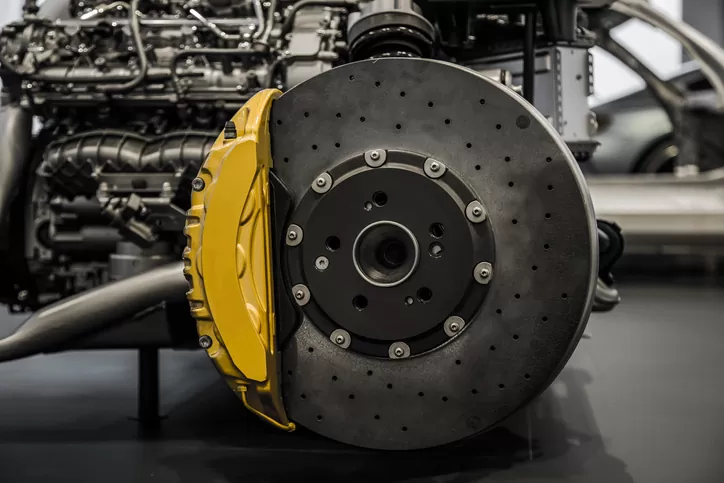When you think about stopping a car, you probably picture friction: brake pads clamping down on a rotor to create heat and slow the vehicle. This is how traditional brakes work. But if you drive a hybrid or electric vehicle, your car has a second, much smarter way to brake. It’s called regenerative braking, and it’s a technology that changes everything about how you drive and maintain your vehicle.
How Does Regenerative Braking Work?
Regenerative braking is a process that converts the kinetic energy of a moving vehicle into electrical energy. Instead of just burning off energy as heat, the car captures it and stores it in the battery.
Here’s a simple breakdown of how it works:
- The Motor-as-a-Generator: When you take your foot off the accelerator or lightly press the brake pedal, the vehicle’s electric motor reverses its function. It stops using electricity to turn the wheels and instead starts using the momentum of the wheels to turn itself.
- Generating Power: As the wheels turn the motor, it acts like a generator, creating resistance that slows the car down. This resistance is the “braking” force. The electricity generated during this process is sent back to the battery, extending the vehicle’s range.
This process handles most of the braking you do in daily driving—from slowing down for a stoplight to coasting on a highway.
The Driving Experience: What to Expect
If you’re used to driving a traditional car, the feeling of regenerative braking can be a little different.
- Natural Deceleration: You may notice the car slows down more quickly than a gas vehicle when you lift your foot off the accelerator. This is the regenerative braking at work.
- A Seamless Blend: Your hybrid or EV’s computer seamlessly blends the regenerative braking with your traditional friction brakes. The car uses regenerative braking as the primary method of slowing down. The friction brakes only engage for hard stops, for very low-speed braking, or to hold the vehicle in place. Most drivers won’t even feel the transition.
Some vehicles allow you to adjust the intensity of the regenerative braking, giving you more control over the deceleration and allowing for a “one-pedal” driving style where you rarely use the brake pedal.
The Impact on Brake Maintenance
This technology has a huge impact on the lifespan of your brake pads and rotors.
- The Good News: Because the traditional friction brakes are used far less often, the pads and rotors last significantly longer. It’s not uncommon for hybrid brake pads to last well over 100,000 miles. This saves you a lot of money and a trip to the mechanic.
- The Catch: Since your friction brakes are used so infrequently, they can become susceptible to rust and corrosion, especially in wet or humid climates. A brake pad that isn’t regularly “scrubbed” by use can develop a rusty surface on the rotor. The caliper pistons can also seize from lack of use.
A New Approach to Brake Service
For a hybrid or EV driver, a professional brake service is not about replacing worn-out parts. It’s about proactive maintenance.
- Regular Inspections: Even if your brakes feel fine, it’s crucial to have a professional check your brake system at every service interval. They should inspect the pads for rust, ensure the calipers are functioning correctly, and check the rotor surfaces for corrosion.
- Rust Removal: A good technician may need to “burnish” the rotors by performing a few hard braking maneuvers to remove rust buildup and keep the surface smooth. This can help prevent noise and uneven braking.
Conclusion: Trust a Qualified Technician
Ultimately, regenerative braking is a brilliant technology that makes your vehicle more efficient and saves you money on maintenance. However, it requires a new mindset. Your brakes won’t show the obvious signs of wear that a traditional car’s brakes do, but they still need professional attention. Trust a qualified technician who understands the unique needs of hybrid and electric vehicles to keep your braking system in top condition.



